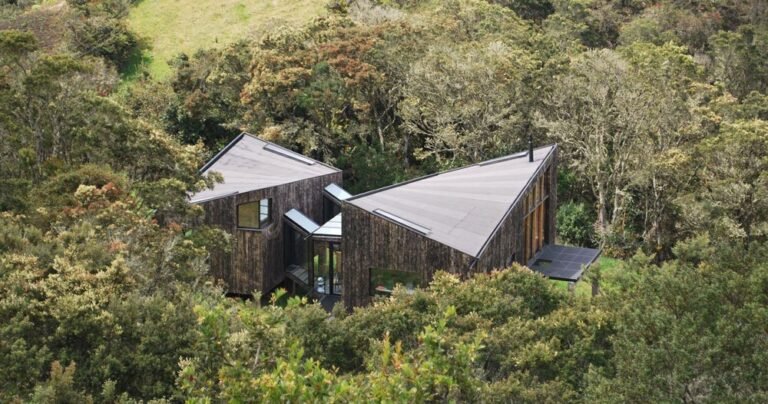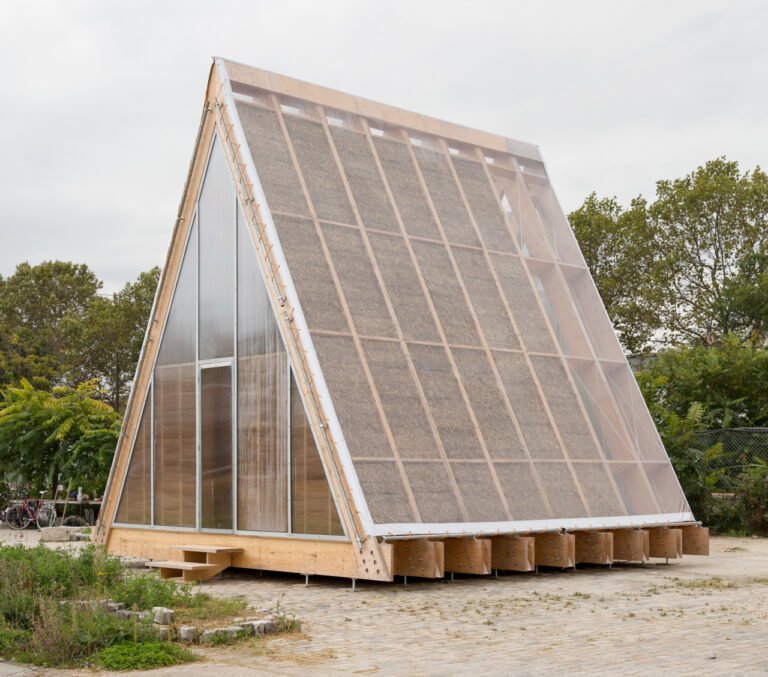Tour an Upper West Side Home That’s Been Injected With Downtown Cool
It’s a classic New York story: A young family is moving some 80 blocks north but doesn’t want to sacrifice downtown cool for the change of address. That was the brief for Manhattan-based interior designer Neal Beckstedt, when a pair of clients called on him to decorate their new place: A 1928, three-bedroom apartment on the Upper West Side with high ceilings and leafy views of Central Park. It needed to be, in Beckstedt’s words, “Young and fun and cool while still respecting uptown. Bringing the downtown element to them—that was the challenge.”
Luckily, he and his clients—a real estate developer and a learning specialist—had instant chemistry: “Neal understood that we wanted the apartment to feel like a family home modernized for the 21st century,” one client explains. “We wanted a laid-back downtown vibe but with some prewar elements mixed in.”
There were plenty of such details worth saving: The plaster crown moldings, the original white Carrara marble fireplace, and the oak herringbone floors which were repaired, stripped of their varnish, and finished with a matte sealer. Beckstedt’s team mostly gutted the kitchen to make it feel more modern, but its original stainless steel cabinets were left in place to give the space a nuanced, industrial twist. “You have to lean into the beauty of the space,” Beckstedt says. “The drawer might not perfectly glide out but that’s the charm…the beauty of an old home. It has soul.”
Many elements went under the knife for interventions that felt period appropriate: The dining room was wrapped in honey-hued white oak molding, giving the not-so-bright room what Beckstedt calls “more architecture and heft.” He created a custom dining table in the same wood to keep the vibe moody and tonal. New solid maple doors were installed around the house and ebonized in a sexy piano wax finish. Meanwhile, other architectural tweaks took a more modern turn, like the polished black hunks of Nero Marquina marble installed in several doorways.
To give the place its contemporary, downtown cool—and to lighten up a home without loads of windows—Beckstedt took Benjamin Moore’s white paint to nearly every wall. “We wanted to treat the architecture like a blank canvas,” he says, “crisp white like a clean white shirt.”
It proved a stark backdrop for the fleet of mostly midcentury furniture that was ushered into the space: A well-loved Kaare Klint settee the clients snagged at an auction; an Osvaldo Borsani P40 lounge, upholstered in red linen; and a fuzzy Philip Arctander clam chair in the entry. Despite the big name designs, the home prioritizes function and livability. “Most of our clients are young families, and so I love to create homes that are indestructible,” he explains. (This family has two kids). “My design philosophy is: You shouldn’t have to use a coaster. You should be able to put something on a table and let it wear in. Things should be used; they should have a patina.”
The clients brought the art—a blue chip collection that includes works by the likes of Keith Haring, Takashi Murakami, Ellsworth Kelly, and Chuck Close—that introduces blasts of color to the project. Although most of the furnishings adhere to a rather neutral palette, Beckstedt played up the colors from the art collection through a suite of African textiles that livened up the spaces, while also serving a rather practical function: If a kid is having lunch on a white sofa, a colorful fabric is an excellent barrier for crumbs and spills.
At the end of the day, this is a house for a family. “I wanted to bring a lot of casualness to it,” Beckstedt reflects. “Just because you’re on the Upper West Side doesn’t mean it has to be formal. I wanted to take it somewhere else.”




